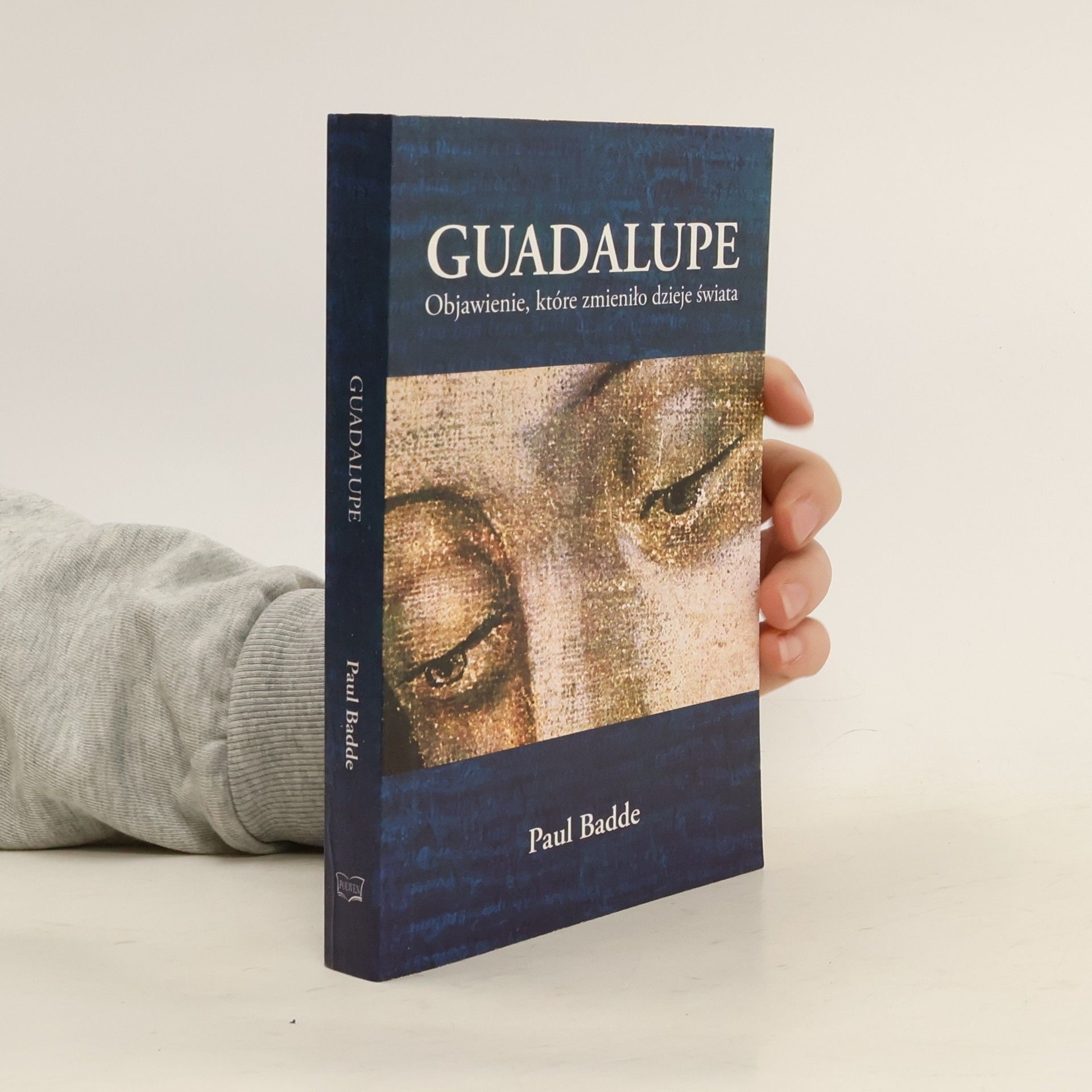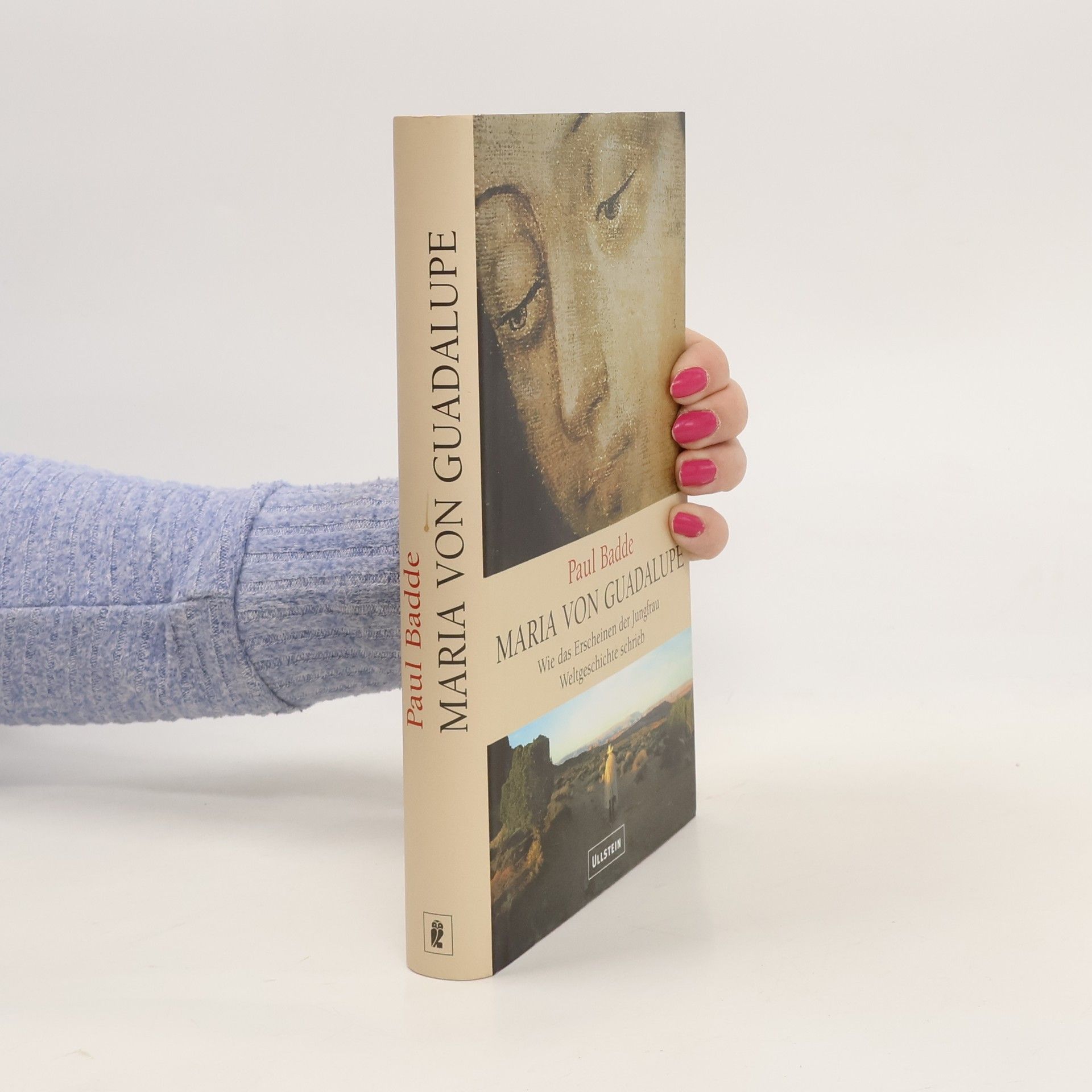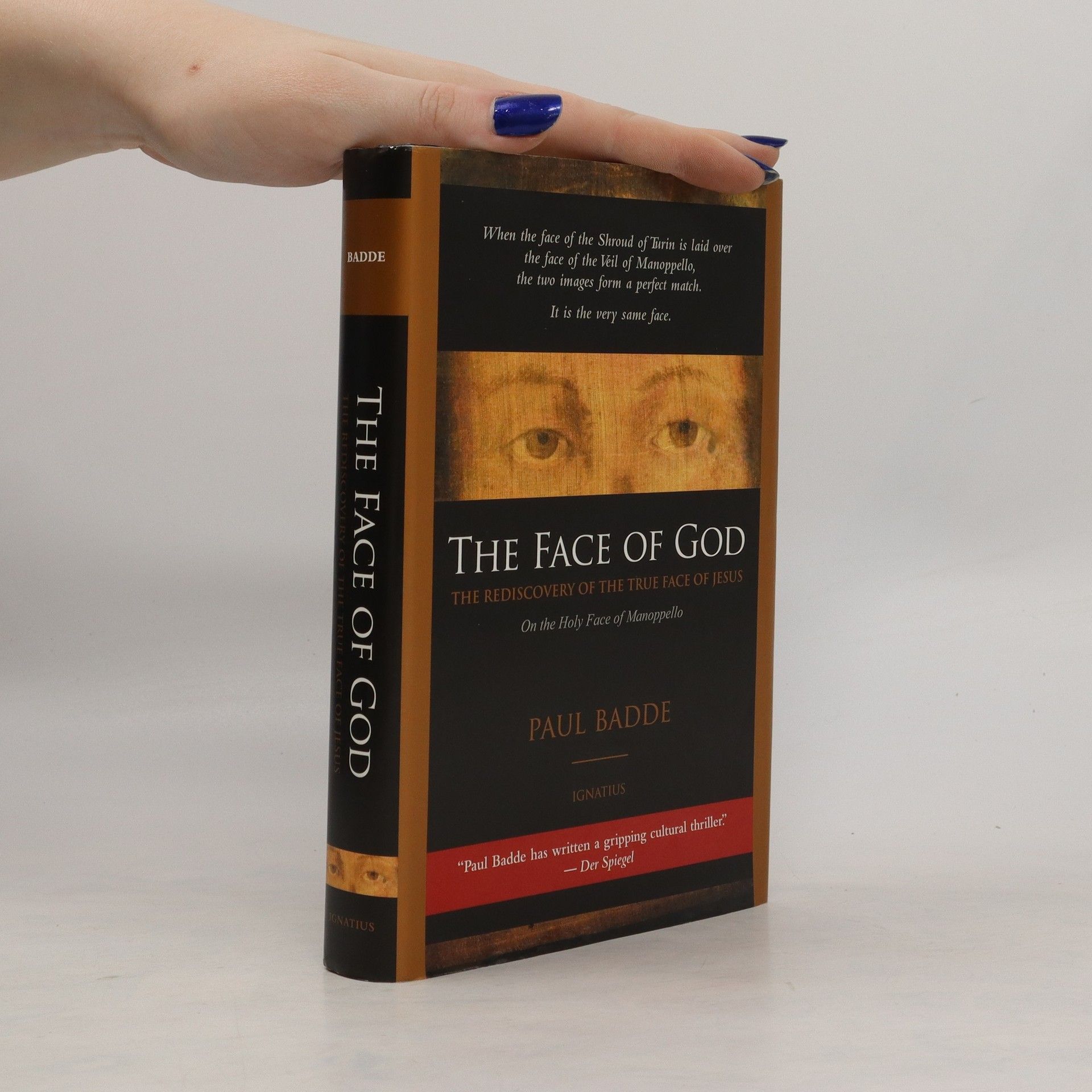The Face of God
- 378pages
- 14 heures de lecture
"Best-selling journalist, historian and author Paul Badde embarks on an exciting quest to discover the truth behind the Holy Face of Manoppello, a relic recently rediscovered and rumored to be the veil of Veronica...Badde was intrigued when he heard of a mysterious image in a remote Italian village--an image of a man's face on byssus cloth. Byssus, or sea silk, is a rare and delicate fabric woven from a silky filament produced by mollusks. It is claimed that the fabric is so thin and delicate that it is impossible to paint on--yet the image in Manoppello is clearly visible, and when laid over the image of the face on the Shroud of Turin, forms a perfect match..."--Dust cover flap.








